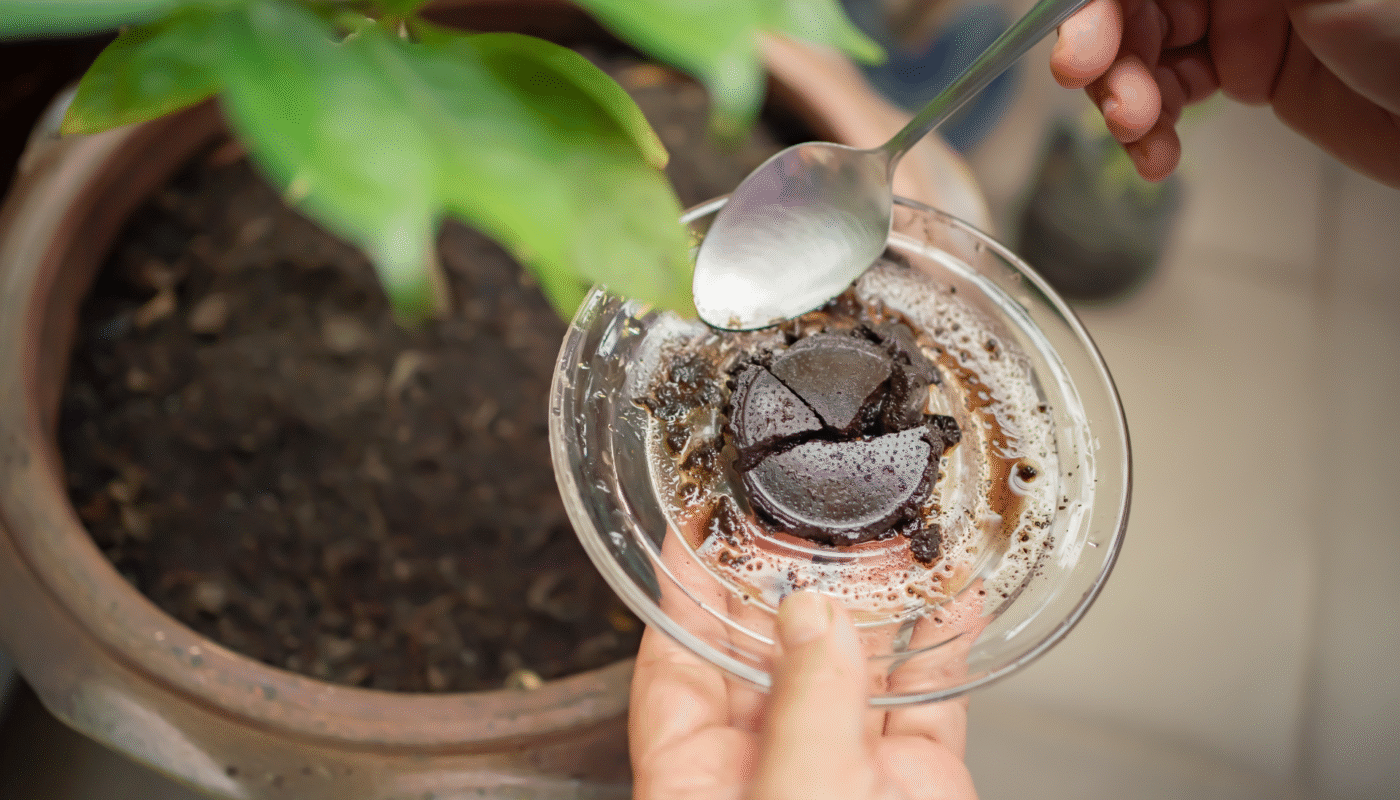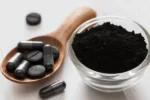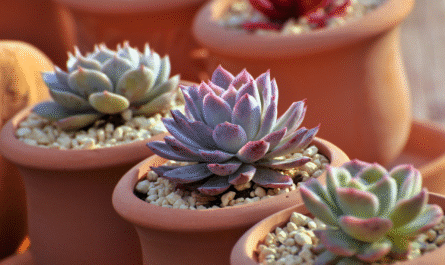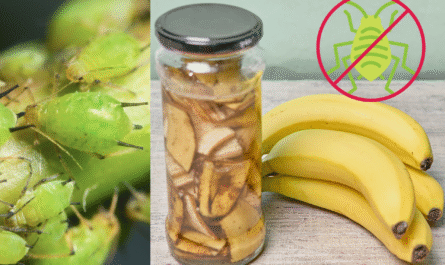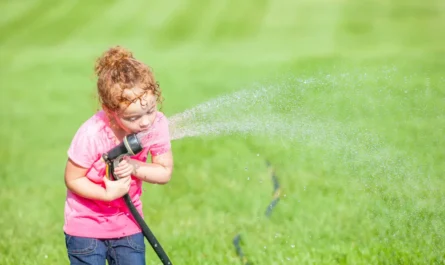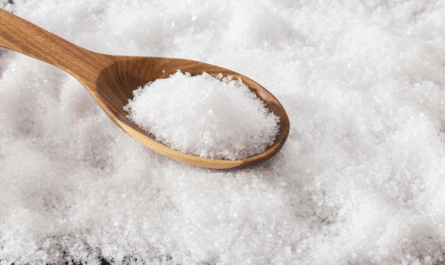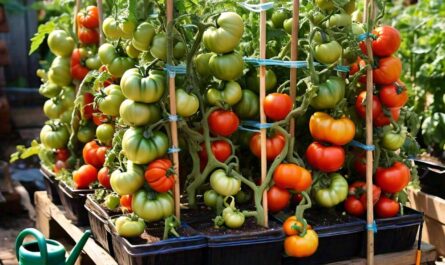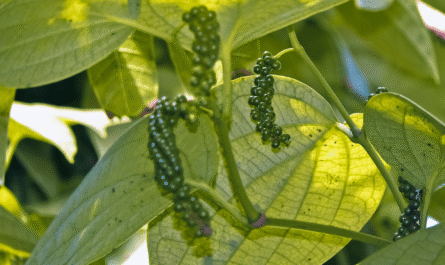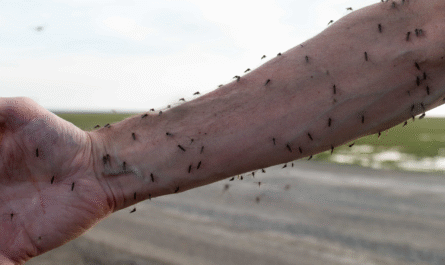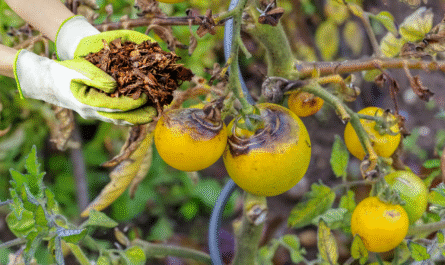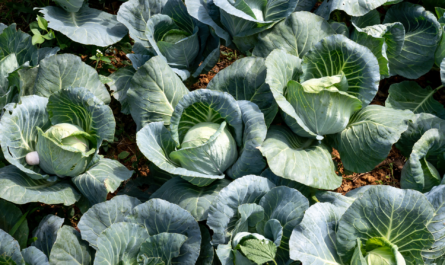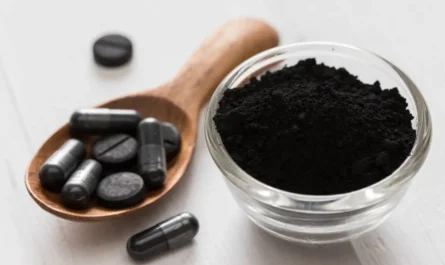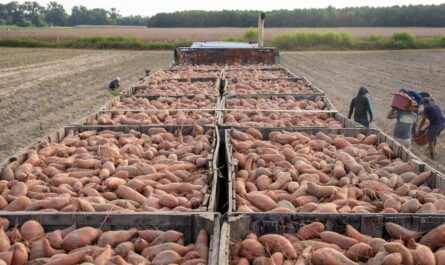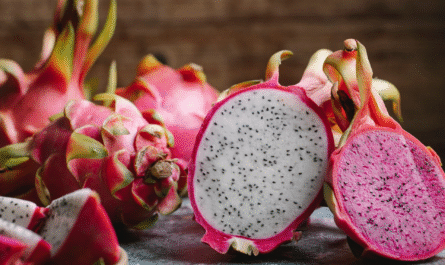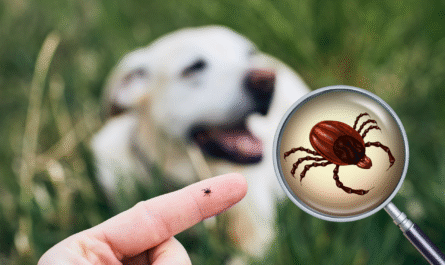If you’re a regular coffee drinker, you’re likely tossing out a useful byproduct every day: coffee grounds. These gritty leftovers are more than just kitchen waste. They’re a versatile, nutrient-rich addition to your garden routine.
Used correctly, coffee grounds can enhance soil structure, contribute to compost, and even benefit specific types of plants. But like anything in gardening, there’s a right and wrong way to use them.
This guide will break down exactly how to use coffee grounds in your garden, backed by factual information, not myths or hypotheticals.
What Are Coffee Grounds Made Of?
Used coffee grounds are about 70% organic matter. They contain cellulose, hemicellulose, and lignin, all of which contribute to their slow-decomposing nature.
This makes them ideal for gradually improving soil over time. Nutritionally, used coffee grounds contain small amounts of nitrogen (typically around 2%), with trace amounts of phosphorus, potassium, magnesium, and copper.
It’s important to understand that coffee grounds are not fertilizers in the traditional sense. Their nutrient content is too low and inconsistent to replace a balanced commercial fertilizer.
However, they are a valuable soil amendment—something added to improve soil texture, moisture retention, and microbial activity.
The Truth About pH and Acidity
One of the most persistent myths about coffee grounds is that they are acidic. While unused grounds are acidic, the brewing process removes most of the acidity.
Used coffee grounds generally have a near-neutral pH, between 6.5 and 6.8. This means they’re safe for most garden soils and will not drastically alter the soil’s pH.
If your soil is already acidic or highly alkaline, coffee grounds won’t act as a balancing agent. For managing pH levels, you’ll need more targeted amendments like lime or sulfur.
How To Apply Coffee Grounds Directly To Soil
You can add coffee grounds directly to garden soil, but moderation is key. A thin layer, no more than 1-2 cm thick, should be spread around plants, ideally in a band about 3 cm wide.
Avoid placing grounds right up against plant stems, as this can encourage mold growth and cause rot.
Over-application can create a dense barrier that repels water and air, leading to poor soil aeration and compaction. Stick to small amounts and observe how your plants respond.
When to Avoid Direct Application:
- Around seedlings or young plants
- In seed-starting beds
- On heavy clay soils that already suffer from poor drainage
Coffee Grounds and Nitrogen
While coffee grounds contain nitrogen, they must decompose before that nitrogen becomes available to plants. In their undecomposed form, they can actually compete with your plants for nitrogen during the breakdown process.
This temporary nitrogen drawdown is why it’s not recommended to mix large quantities of fresh coffee grounds into your soil. If you do want to apply them directly, do so sparingly and supplement with other nitrogen sources if necessary.
Why Composting Is the Best Option

The most effective and safest way to use coffee grounds in your garden is through composting. When added to a compost pile, coffee grounds contribute as a nitrogen-rich “green” material.
Pair them with carbon-rich “browns” like dried leaves, shredded newspaper, or sawdust to achieve a good balance.
A healthy compost pile should have roughly a 1:3 ratio of greens to browns by volume. This encourages microbial activity and efficient decomposition.
Benefits of Adding Coffee Grounds to Compost:
- Boosts microbial activity
- Increases nitrogen content
- Speeds up the composting process due to their small particle size
- Reduces landfill waste
Once the compost is mature and fully broken down, you can apply it to garden beds, raised planters, and even containers.
Using Coffee Grounds as Mulch
Coffee grounds can function as mulch, but only under specific conditions. Because of their fine texture, they tend to compact easily, which can lead to water retention issues and fungal growth.
Tips for mulching with coffee grounds:
- Always mix with coarser organic material like straw or shredded bark.
- Use a thin layer to prevent compaction.
- Avoid applying on wet soil.
Coffee grounds alone are not ideal as a top mulch, but when mixed properly, they can be part of a beneficial mulch blend.
Plants That May Benefit From Coffee Grounds
Some plants appear to respond better to small amounts of coffee grounds, particularly those that prefer slightly acidic to neutral soils.
Plants that may benefit:
- Tomatoes (in composted form)
- Roses
- Azaleas
- Rhododendrons
- Blueberries (if composted and used sparingly)
Caution: Always test a small patch first. Not all plants react the same way, and some may show signs of stress if coffee grounds are overused.
Common Mistakes to Avoid
1. Adding to Houseplants
Used coffee grounds do not belong in your indoor pots. Houseplant soil lacks the microbial environment necessary to break them down. Adding grounds can cause mold, rot, and fungus gnat infestations.
2. Overloading Soil
Dumping large amounts of coffee grounds directly into the soil can do more harm than good. Always mix with other organic material.
3. Ignoring Carbon Balance in Compost
Adding too many coffee grounds to your compost without balancing with “browns” will cause your pile to smell and slow decomposition.
4. Assuming They’re a Fertilizer
Coffee grounds are not a complete source of nutrients. Relying on them as a fertilizer can leave plants nutrient-deficient.
How Often Can You Use Coffee Grounds?
When composted, coffee grounds can be added to your garden as often as you use compost. If you’re applying directly to the soil, limit usage to once every few weeks in small amounts. Over time, monitor your soil structure and plant response.
For compost, you can add grounds daily if you’re balancing with enough carbon. There’s no real upper limit, as long as your pile stays healthy.
Other Uses for Coffee Grounds in the Garden
1. Worm Bins
Worms love coffee grounds in moderation. If you maintain a worm bin, sprinkle in small amounts of grounds. They’ll help boost nitrogen and improve worm digestion. Mix with shredded newspaper to balance the pH.
2. Pest Deterrent
While not a guaranteed pest solution, some gardeners claim coffee grounds can help deter slugs and ants. There’s limited scientific backing for this, so use this technique with caution and avoid relying on it as your primary pest control method.
3. Deodorizer for Compost Bins
Coffee grounds can help neutralize odors in kitchen compost pails. Just sprinkle a thin layer over fresh scraps to reduce the smell.

Final Thoughts
Used coffee grounds are a valuable resource when used correctly. They improve soil texture, boost compost piles, and support microbial activity. But they need to be applied in moderation and within the right context.
Stick to these core principles:
- Compost first whenever possible
- Apply directly only in thin layers
- Avoid houseplants
- Monitor plant response
With a little care and balance, you can turn your daily coffee habit into a sustainable gardening practice that enriches your soil instead of filling your trash.
Frequently Asked Questions
1. Can I store used coffee grounds before composting?
Yes. Let them dry out first to prevent mold, then store in an airtight container or an open bucket if used frequently.
2. Can coffee grounds kill weeds?
No. Coffee grounds are not a weed killer. In some cases, a dense layer may suppress weed seeds, but this is not a reliable method.
3. Are flavored or sweetened coffee grounds safe for gardens?
No. Avoid using coffee grounds that have added sugars, syrups, or dairy, as they can attract pests and introduce unwanted substances.
4. Can I use coffee grounds around fruit trees?
In composted form, yes. Do not apply fresh grounds in large quantities, as it may affect the soil nitrogen balance near the tree roots.
5. How long do coffee grounds take to decompose?
When composted with a balanced mix of browns, coffee grounds typically break down in 2 to 3 months, depending on moisture and aeration.

